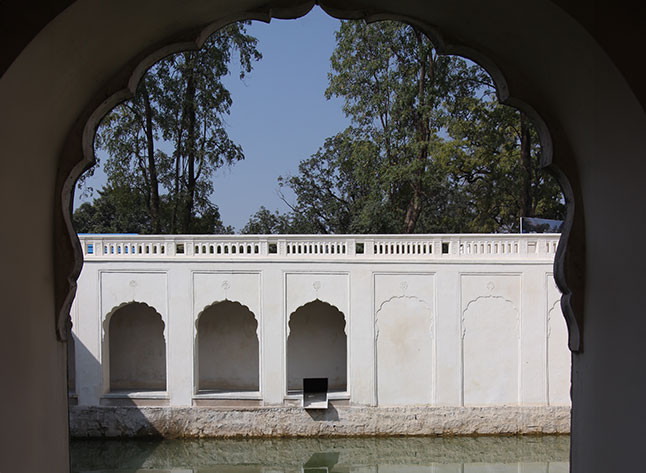- Fort Rd, Toli Chowki, Hyderabad, Telangana, 500008, India
- Visit

The Badi Baoli is one amongst six large water reservoirs within the Qutb Shahi Heritage Park. These were no doubt built by the Qutb Shahi rulers to store water for irrigating the orchards planted at the tombs. In the 19th century, this ‘tank’ was provided with a formal structure including the arcade and in the process blocked natural water drainage into the structure. Under the immense pressure exerted by collected rainwater, the 19th century masonry collapsed in the 2013.
The western façade of the baoli could not withstand the heavy rainfall experienced in Hyderabad in 2013 and in two successive storms, the entire western façade caved in. Structural assessment of the baoli was carried out by Stand Engineers, a UK based firm familiar with historic structures-before restoration.
Following the collapse of the west side wall, over 20 lakh litres of water were pumped out and fed into adjoining stepwells. Then, water was continuously pumped out to allow the well to dry. The collapsed structure presented a major challenge with over 600 cu.m (equivalent to 100 truckloads) of masonry having collapsed. Over several months, the collapsed stone blocks were removed from the deep bed of the baoli to be reused in the repairs. Mechanical equipment was required to lift out the heavy stone blocks. This process required over 4000 man days of work.
The removal of the stone blocks revealed the friable condition of the rock and necessitated the laying of a concrete base on which the masonry could be built. This base was required to be built deep into the baoli base and resulted in a buttressed base to the western arcade.

The arcade, though built only in the 19th century, provides the identity of the Badi Baoli and as such is the most culturally significant architectural element. Its
reconstruction was thus a major objective of the conservation effort. The lime stucco plaster patterns were restored as per in-situ evidence by lime craftsman.
On completing the reconstruction of the collapsed portion, the cement pointing on the other wall surfaces of the baoli was also removed and replaced with lime mortar – to allow any water ingress into the Baoli.

Conservation of Badi Baoli in 2016, has led to an annual collection of over 3.5 million litres of water. The water collected is used for irrigation and conservation works at the Qutb Shahi Heritage Park. The baoli is also home to a large fish and turtle population.